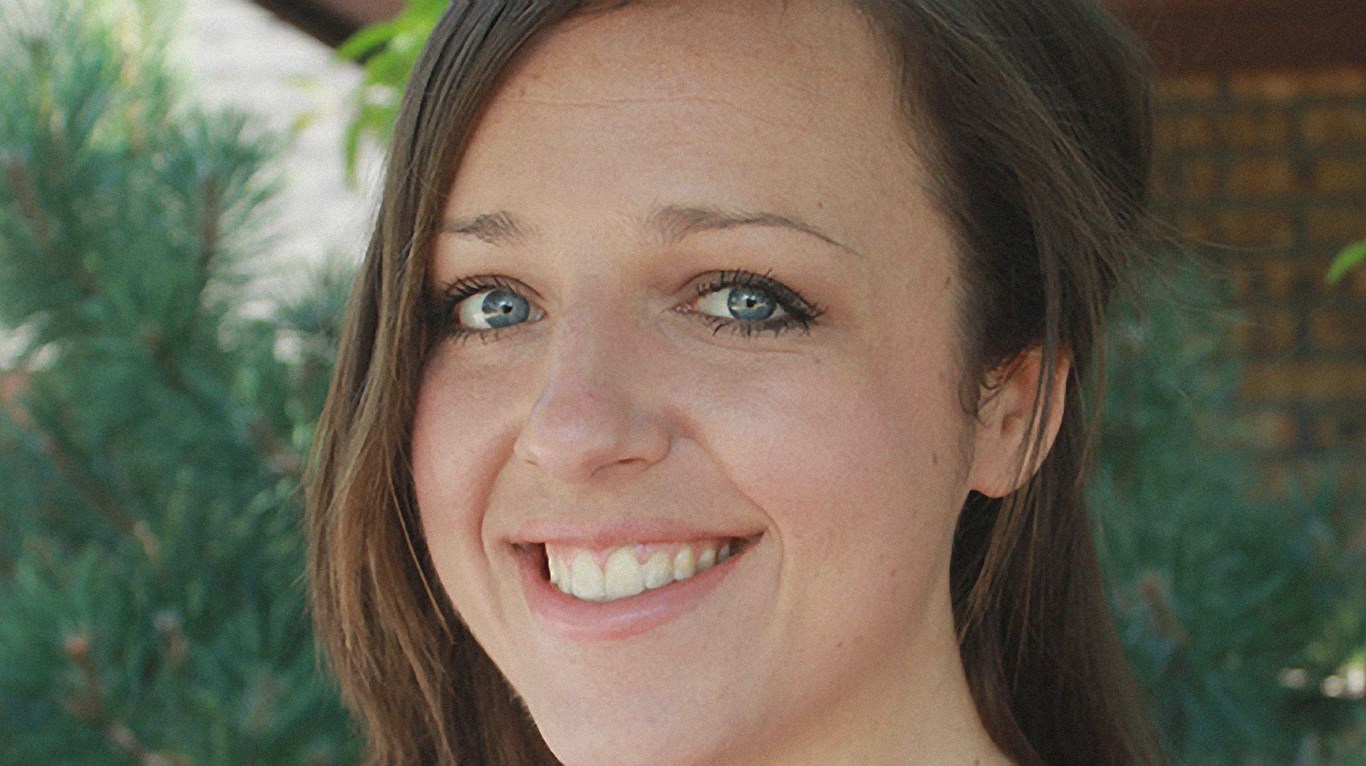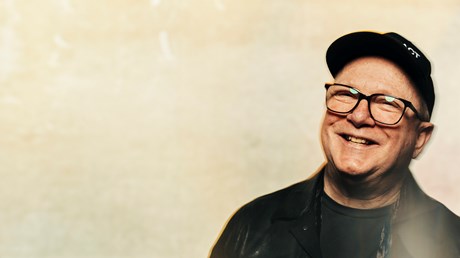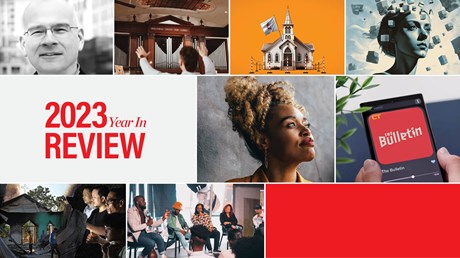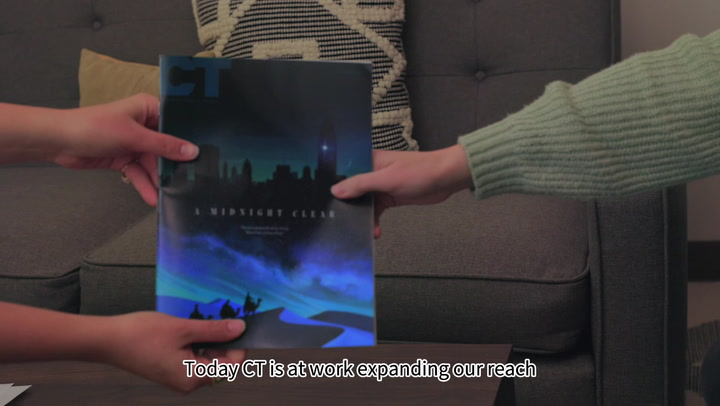
Will you help encourage and connect the church?
Give NowWill you help encourage and connect the church?
Give NowOf course you know that the magazine you hold in your hands didn't just spring up into existence ex nihilo. The editors and designers of Christianity Today work hard every month to fill these pages with content that will inform, challenge, and inspire you. But most people have no idea how this process takes shape; let's pull back the curtain and take a look at how your magazine gets made.
Editorial Meeting
Every editor has a "beat," or an area of interest—i.e. technology, pop culture, politics, education—on which they focus their attentions by following the news and maintaining communication with connections on the inside of that field. Each week the editors meet to pitch article ideas for future issues, bringing to the table updates on the major stories and developing trends within their beat. Once the idea has been pitched, the editors offer input on the idea and discuss different angles and perspectives that might best put the idea or trend into a helpful context. If they decide to go forward with the idea, the discussion moves on to next steps—querying a writer, further reporting, and potentially slotting the article into a future issue. It is during these meetings that the issues begin to take shape. These meetings are essential to the formation of the magazine, says managing editor Katelyn Beaty: "Editorial meetings are where the ideas that eventually become articles are first formed. Article ideas may come from one editor who has done research before the meeting, or from a group conversation where each editor brings in his or her expertise and knowledge. Almost all of our cover stories start as conversations between editors during these meetings. They are where we get to do our most creative work."
Working with Writers and Artists
Most Christianity Today articles are written by freelance writers, pastors, or experts with the direction of a point editor. Many of the features work through multiple stages, from initial reporting to first drafts to multiple edits. This back-and-forth that occurs both before and throughout the actual reporting and writing stages helps the writer and the point editor shape the article in the way that best tells the story. Regarding this relationship, Beaty says, "A CT editor plays the role of 'shepherd.' He or she will typically walk alongside a writer during the writing process, answering questions, providing feedback, doing research. The editor also gives each article a thorough line edit—or several!—and works with our designers to come up with titles and decks that work well with the art. They see an article through from beginning to end, including promoting the article through social media."
At the same time, the designers have begun thinking of ways to illustrate the article. Most often this takes the form of photography or original art. Design director Gary Gnidovic describes the department's approach to this early decision: "Based on the nature of the article, we will decide the visual approach. An actual personality, or event would usually suggest a photographic approach. A more idea-based or theological article might well involve an illustrator who is skilled at working with concepts that suggest something about the subject matter and often bring, in juxtaposition with the words, a greater understanding of the material—or, at the very least, a visual that will help the reader remember the content."
The Design Process
As the issue deadline draws near, the designers take the final drafts and create spreads that incorporate the text with design and either art or photography. At this point articles may need to be further edited to fit the page numbers allotted, either adding or, more often, deleting text to fit. But it's not just about fitting text onto a page.
"We need to recognize that our editors are placing a great deal of trust in design as we take the material that they have been working on so hard and then handed over to for the final phase," says Gnidovic. "The merging of word and design and image can be a very powerful means of communication. The best environment occurs when there is open communication, mutual respect, and shared goals. Christianity Today has an environment that fosters that atmosphere—not always perfectly—but we're getting there."
100% Week
The proofs then route among the editors and designers, each of whom reads and checks off on the article in its final form, making corrections where necessary. This is when the copy editor proofs the layouts for grammar, spelling, punctuation, and stylistic consistency. Christianity Today uses the Chicago Manual of Style as well as an internal stylebook developed by editors over the years.
The final week before the issue gets sent off to the printer is called 100 percent week. "It can get hectic, as you might imagine," says design director Gary Gnidovic. "I like it when the final deadline occurs on a Friday. Then I truly understand why God created weekends."
Laura Leonard is associate editor of BuildingChurchLeaders.com.








